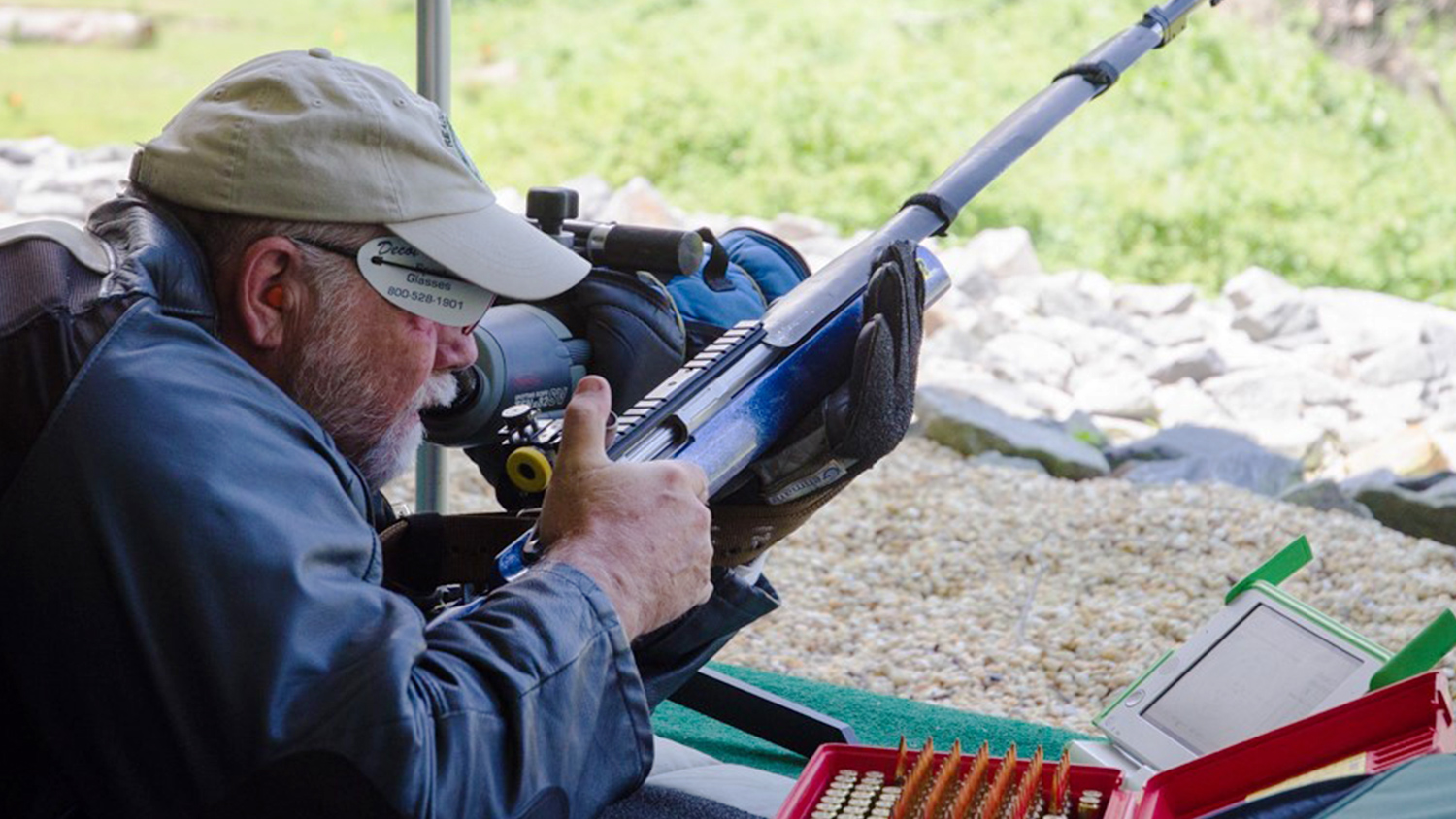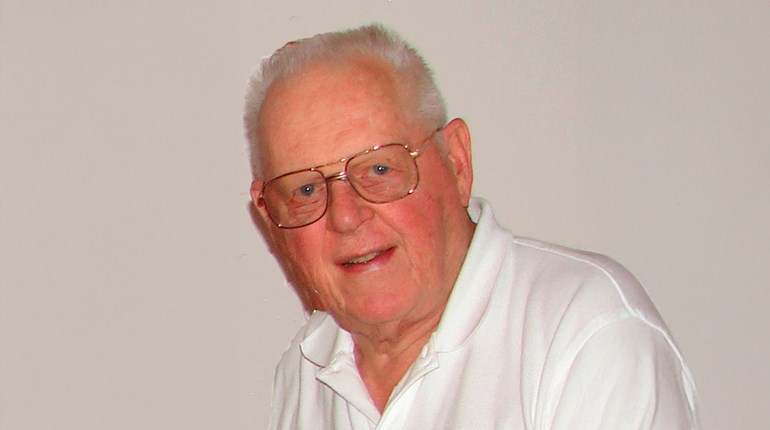
You can’t teach an old dog new tricks. So sayeth the adage. And when I first learned about the Bridgeville Rifle and Pistol Club switching to a new-fangled electronic target and a scoring system for long range matches, I pictured some of the more seasoned veterans of the sport having considerable trouble adapting to the change. I imagined technical problems causing long delays or cancelled matches, and of course, the cries of “I told you so!” coming from the purists. The e-target is the HEX System, created and manufactured in Australia. The work on developing the system began in 2009 and the first successful trial took place in 2011.

The adoption of these electronic target systems has been slow―only three ranges in the United States have adopted HEX. First, they are expensive. There is a substantial investment required for a club to upgrade to an all-electronic system, and the payback can be slow. Tens of thousands of dollars in expense is more than most clubs’ officers can suggest at a member’s meeting without wearing riot gear. But mostly, it is just because it means change. And change is generally considered to be bad. But in Bridgeville, DE, (one of the three U.S. clubs to own the system) it is looking like change is good―very good.

The name HEX alludes to the principle design of the target system, which incorporates eight sensors in its acoustical chamber to achieve precision in isolating and pinpointing each shot. The acoustical chamber is created using two rubber membranes, with the target inside. The sound waves of the bullet are pinpointed by the sensors and the shots are marked with stunning precision. But bringing more accurate scoring to the game is actually not the biggest advantage. For starters, real-time scoring is possible and the shooter can glance down at his or her tablet and see the hit from the shot just made. They can also scroll through the system and see the shots just made by their competitors on either side. Scorekeepers have the ability to do some editing.

The system is run over secure Wi-Fi, with the down range transmitters sending their data to a server that processes the information and then sends info to the tablets. Wi-Fi antennas are strategically located. Match Directors can make the match viewable online for remote spectators, which is certainly a distinct advantage for electronic target systems.

The biggest advantage I observed while watching a 1,000-yard match at Bridgeville was the faster pace of the match. I never once heard the radio buzzing with target questions or errant shots, and most importantly―there is no staff down range! No target pullers are needed, and therefore there are no delays for that process―and no expenses for pullers. It is also beneficial if two or more clubs can work out a partnership arrangement to share the cost and targets. For example, Bridgeville has such a relationship with Reade Range near Altoona, PA―loaning extra targets for big matches.

Often, a new technology that replaces a long-standing method must overcome some strong opposition from participants, but it seems that embracing the electronic target concept, and the HEX System specifically may be an exception. Bridgeville Club member John Sigler (former NRA President), a traditionalist who was skeptical of the change had this to say after his first match with the new targets:
“I thought I’d hate it, and I thought it would be hard to learn. But you catch on to it quickly and by the end of the day you really like it.” Sigler added, “While I miss the satisfaction of watching the target go down after the shot and I miss seeing the white marker, there is no doubt in my mind that this is the future of the sport.”


































